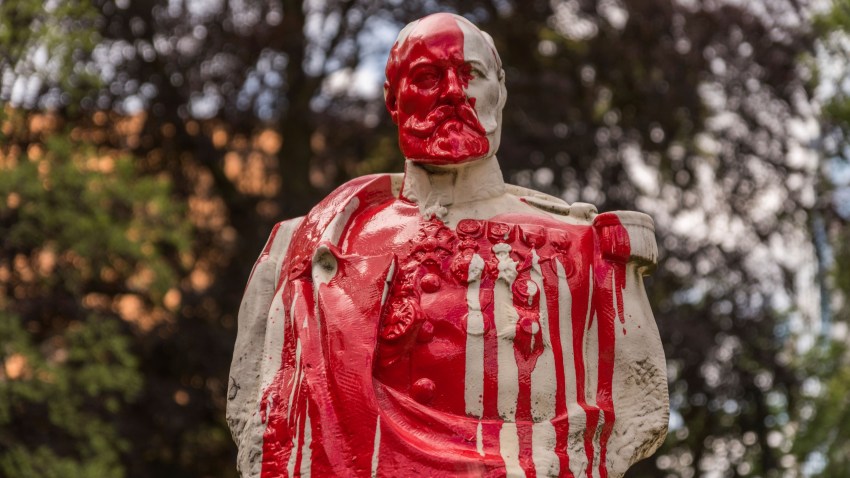Some say a formal apology is the first step toward reparatory justice. If Dutch Prime Minister Mark Rutte’s recent apology for the Netherlands’ legacy of slavery tells us anything, then, it’s that in recent years formerly colonized countries where slavery was introduced by European powers have been advancing a confident and militant kind of diplomacy that gets results.
Many point to 2013 as a breakthrough moment for a reparations movement that was gaining traction on the international scene. That year, at a summit of the Caribbean Community and Common Market, or CARICOM, Caribbean countries banded together to demand reparations from the former colonial powers of Europe for Indigenous genocide and slavery. For the first time, reparations had been conferred legitimacy by a multilateral bloc of formerly colonized states.
However, momentum toward reparatory justice had already been building long before. In 2003, Haiti’s soon-to-be deposed firebrand president, Jean-Bertrand Aristide, demanded reparations from France, that country’s former colonizer. Though Haiti was the first republic to be born out of a slave rebellion, it was punished for this feat. In 1825, just two decades after the country won its independence by thwarting a Napoleonic invasion, France’s King Charles X sent a squadron of ships equipped with over 500 cannons to the coastal capital city, Port-au-Prince, demanding not only that the Haitians open up their ports to free trade—with preferential status for France—but that they pay 150 million francs to indemnify former slave owners who had lost their fortunes in sugar, coffee, indigo and cotton.

